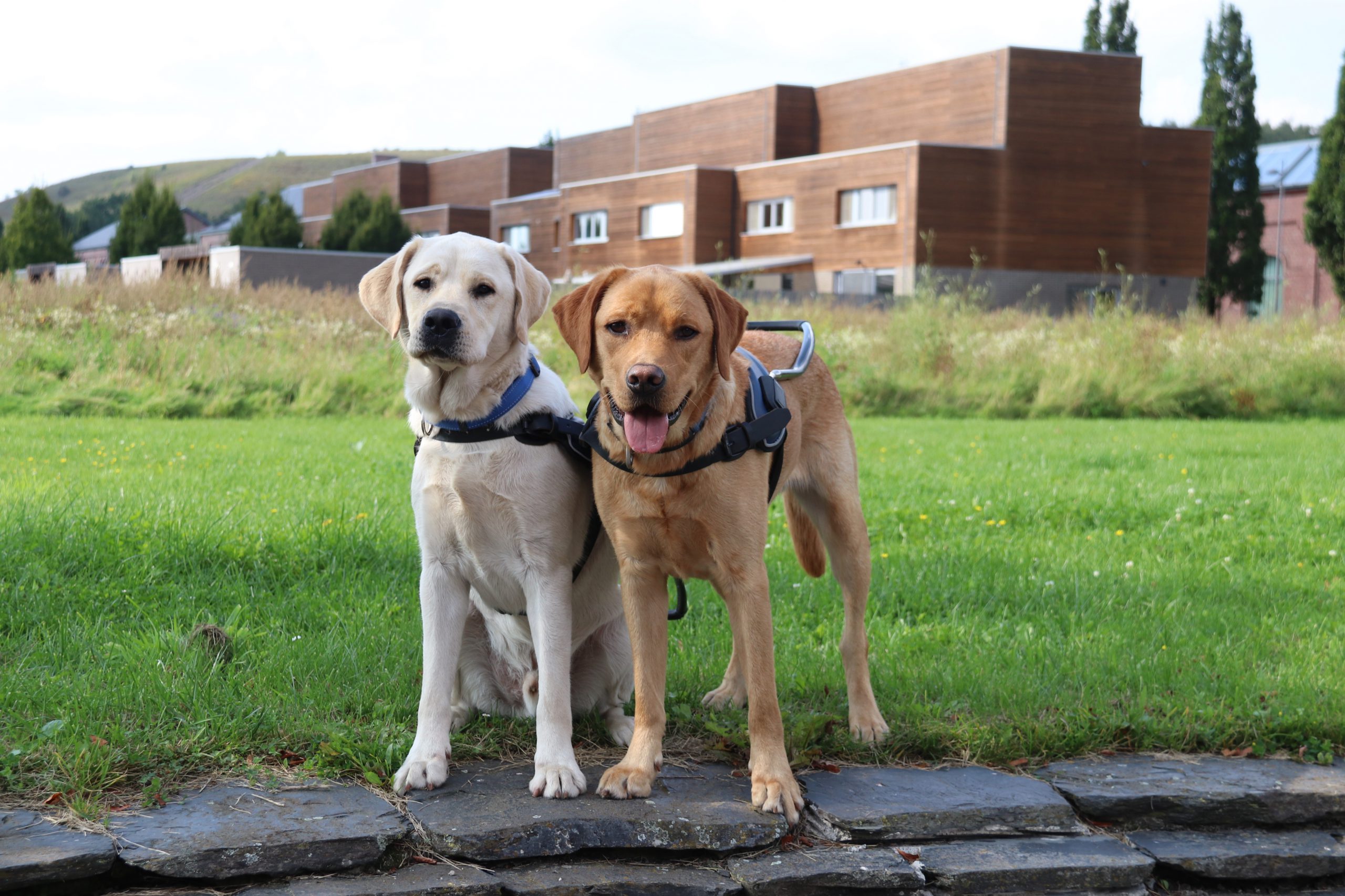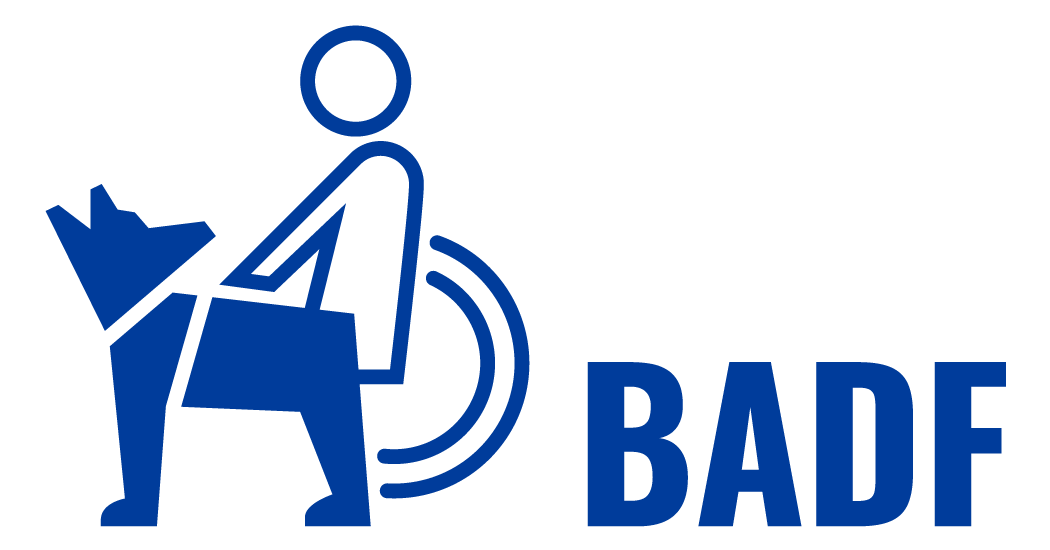
What is an assistance dog?
An assistance dog is one that has been trained to accompany a person with a disability or illness thereby enhancing that person's independence. The assistance dog also facilitates the person's integration into society. There are different categories all of which have access rights.
Categories of assistance dogs
Guide dogs are probably the best-known category of service dogs. They are trained to guide visually impaired persons. They avoid obstacles, alert to level differences, and look for landmarks such as crosswalks, doors and stairs.
Service dogs help people with motor disabilities, some of them in wheelchairs. They learn to pick up a dropped object, open and close doors and cupboards, bring medication or the telephone, put on or take off a piece of clothing, call for help in case of emergency.
Hearing dogs help people with hearing deficiencies. They alert when someone rings the doorbell, when a text message is received, when the kitchen timer goes off, when the baby cries... They can also alert in case of danger (e.g. smoke detection) by giving a designated warning sign.
Alert dogs are trained to help people with epilepsy or diabetes.
There are two types of dogs for people with epilepsy. A "seizure intervention dog" is trained to act in a variety of ways when the person has an epileptic seizure: triggering an alarm button, waking the person, bringing the phone or medication. Some dogs are "seizure alert dogs". They can sense a seizure coming and warn their person in one way or another. This ability to give advance warning cannot be trained. It is the result of the close relationship between person and dog.
A “diabetic alert dog” is specially trained for people with diabetes or diabetes mellitus. It warns the person when sugar levels are too high or too low. This allows the diabetic to check it in time to give himself an insulin injection if necessary and thus avoid a potential coma.
Autism dogs help people with ASD at home or outdoors thereby enabling the person to achieve their fullest potential and gain maximum autonomy.
Other dogs have been specifically trained to support people in dependent situations thereby improving their autonomy and self-confidence.
Other types of trained dogs
Depending on their expertise, our schools train other types of dogs. These dogs are not recognized as assistance dogs and do not have access rights.
Facility dogs are placed in nursing homes and/or rest homes, psychiatric institutions among others. They enhance the quality of life of the residents, bring comfort and support, encourage walking, and can also intervene in occupational therapy, physiotherapy, ...
Social dogs or buddy dogs are assigned to persons with a disability or an illness to offer companionship and support at home.
Other dogs such as emotional support dogs or PTSD dogs... are not currently trained within the BADF.





